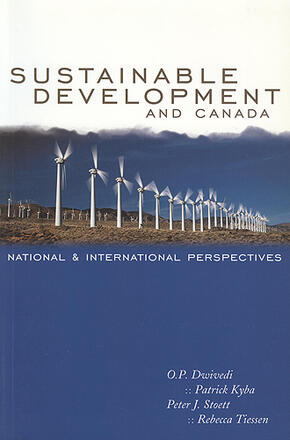
Sustainable Development and Canada
National and International Perspectives
La description
Canada is one of the most beautiful, varied, and inspiring natural environments on earth. Few countries contain such topographical differences as the West Coast, the mountain regions, the prairies, the Arctic, the cityscapes close to the American border, and the eastern forests. The Canadian territory is the second largest in the world, and it borders on three oceans--its fourth border is with the United States, the most powerful economy in the world. This provides Canadians unique access to a large market, but also raises many problems related not only to political and cultural influence, but to transborder pollution.
This book investigates the complexities of Canadian environmental policy. The text is split into three sections: the political context in which decisions are made; issue areas in need of engagement; and perspectives on the achievement of sustainable development, which colour the Canadian conceptual landscape.
The first section outlines the state of the Canadian environment, the actors and institutions involved in environmental policy formation (and a detailed history of Environment Canada), and the international context of modern decision-making. The second section is issue-specific, including chapters on environmental law, risk management and environmental impact assessment, international treaties and conventions involving Canada, and an overall assessment of Canadian policy. The final section deals with values and theories, from gender issues to environmental ethics. The book serves as a comprehensive introduction that makes explicit recognition of the transnational character of environmental policy formation in the era of globalization, and offers critical insights into the decision-making process.